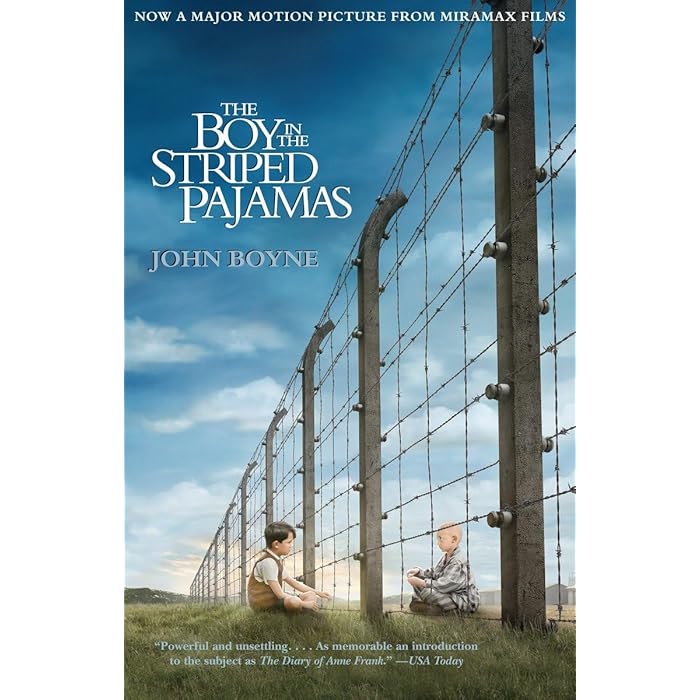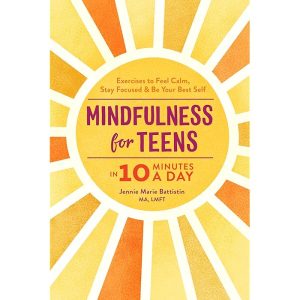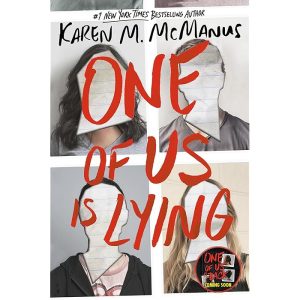Description
*The Boy in the Striped Pajamas* is a novel by Irish author John Boyne, first published in 2006. It is set during World War II and tells the story of an eight-year-old boy named Bruno, the son of a Nazi officer, whose family moves from their home in Berlin to a house near a concentration camp, which Bruno calls “Out-With.” The novel is widely known for its poignant exploration of innocence, friendship, and the horrors of the Holocaust.
### Plot Summary:
Bruno’s father is promoted to a high-ranking position in Adolf Hitler’s regime, and as part of his new role, the family is relocated to a remote house near a concentration camp. Bruno is initially confused and dismayed by the move, as he leaves behind his friends and life in Berlin. He eventually discovers that their new home is located near a camp where Jewish people are imprisoned.
While exploring the area, Bruno meets a boy named Shmuel, who is on the other side of a fence that separates the concentration camp from Bruno’s family’s property. Shmuel, a Jewish prisoner, is wearing striped clothing, which Bruno assumes are “pajamas.” The two boys form a deep friendship despite the barrier between them, though Bruno does not fully understand the significance of the camp or the true nature of Shmuel’s situation.
The story develops around their relationship, as Bruno grows increasingly curious and conflicted about what is happening at the camp, and his friendship with Shmuel becomes a focal point for the novel’s exploration of innocence, the effects of prejudice, and the human cost of blind obedience.
### Themes:
1. **Innocence and Ignorance**: Bruno’s lack of understanding about the Holocaust and the camp represents a kind of innocent ignorance. His untainted view of the world contrasts sharply with the horrific reality of what is happening just beyond the fence.
2. **Friendship and Humanity**: The relationship between Bruno and Shmuel transcends their differences—Bruno is a German child from a privileged family, while Shmuel is a Jewish boy imprisoned in a concentration camp. Despite the barriers of culture, race, and circumstance, their friendship demonstrates the innate human desire for connection.
3. **Prejudice and Blind Obedience**: The novel critiques the unquestioning loyalty to authority and the dangers of propaganda. Bruno’s family, particularly his father, embodies the blind obedience to Nazi ideology, while Bruno’s initial ignorance mirrors how children are often shielded from the ugliness of political realities.
4. **The Horror of the Holocaust**: The concentration camp and the events surrounding it provide a backdrop for the horrors of the Holocaust, though it is seen through the lens of Bruno’s innocence and naivety. The tragedy unfolds in a shocking and heart-wrenching way, particularly in the novel’s final scenes.
### Ending (Spoiler):
The novel culminates in a tragic and haunting conclusion. Bruno, in an attempt to help Shmuel find his father, sneaks into the camp by crawling under the fence. He is mistaken for a prisoner and, along with Shmuel, is sent to the gas chamber. Bruno’s fate reflects the unimaginable suffering and loss caused by the Holocaust, highlighting the senselessness of violence and prejudice. The novel ends with Bruno’s family unaware of his fate, and the reader is left with the devastating impact of the Holocaust on both individuals and families.
### Adaptations:
In 2008, *The Boy in the Striped Pajamas* was adapted into a feature film directed by Mark Herman. The film closely follows the plot of the novel, though some critics noted differences in tone and emphasis between the two mediums. The movie, like the book, is both heart-wrenching and controversial, particularly in its portrayal of Bruno’s ignorance and the novel’s tragic ending.
### Reception:
The novel has received both praise and criticism. Many readers and critics admire its emotional depth and powerful portrayal of the Holocaust from a child’s perspective. However, some have questioned its historical accuracy, especially regarding Bruno’s lack of awareness of the Holocaust and the implausibility of some plot elements. Despite these concerns, *The Boy in the Striped Pajamas* is often used in educational settings to discuss themes of friendship, innocence, and the consequences of prejudice and hatred.






Reviews
There are no reviews yet.